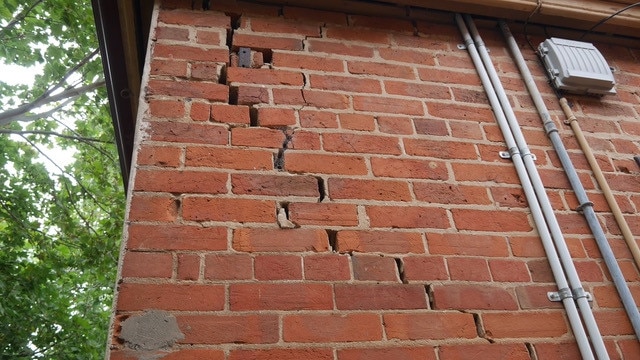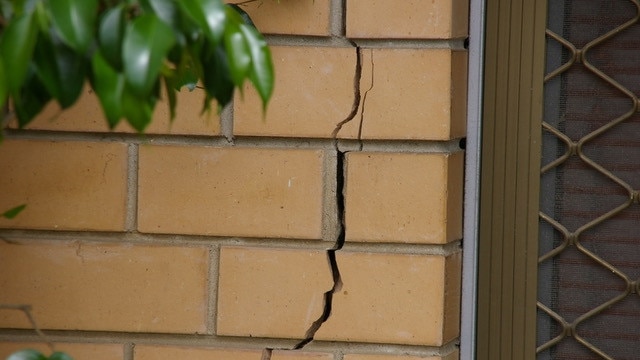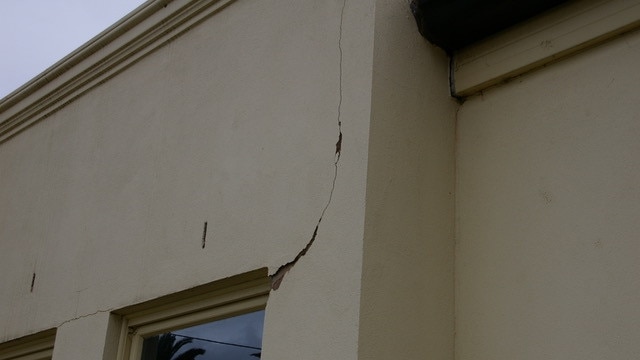Houses cracking across SA as dry weather, drought continues
Building inspectors are seeing more SA houses developing large cracks in bricks, walls and around windows. We asked experts why.

SA News
Don't miss out on the headlines from SA News. Followed categories will be added to My News.
Houses are cracking in the dry weather as the state’s drought continues, boosting the demand for building inspectors and leaving householders with costly repair bills.
Association of Building Consultants spokesman Chris Short said the number of inquiries received by the association regarding cracked houses had lifted during the dry spell.
“Anybody who’s doing private building inspection work has noticed an increase in the inquiry rate in terms of cracking in dwellings,” he said.
He said he was working on a 1990s house that was “cracking like mad” because of a broken sewer pipe beneath the floor.
The drought has led to increased tree root intrusions in sewerage pipes, but Mr Short said he could not be certain the dry weather contributed to the pipe breaking.
Mr Short said houses were more likely to crack in parts of South Australia with more reactive soils, such as at Northfield, the site of a former CSIRO research station, in addition to Adelaide’s CBD, North Adelaide and Adelaide’s southern foothills.


Alan Greaney, a forensic engineer at FMG Engineering, said house cracking often occurred after the shrinking of reactive soils during dry weather, especially when trees stood near the property.
“If you’ve got a large tree near your property, you will notice that there’ll be a pattern of cracking towards that tree. Trees remove any available moisture, which causes the soils to shrink further and further, particularly in these reactive soils,” he said.
Mr Greaney said FMG Engineering had seen increased soil drying during the months of the drought, leading to cracking in the firm’s opinion.
He said the cracking occurred inside houses and on house exteriors, including in bricks, masonry, wall and ceiling linings, and cornices.

Housing Industry Association executive director Steven Knight said older houses were more susceptible to cracking.
He said the problem was less common in houses constructed in the past 40 to 50 years, which had been “properly structurally engineered”.
“People should rest assured that generally modern housing has been well designed,” he said.
Earlier this week, SA Water said tree roots intruding in sewerage pipes increased during prolonged dry periods, after the problem caused a Hackham resident’s garden to be flooded with poo.
A spokesman said 285 blockages caused by tree roots were recorded across the sewer network in March this year, compared with 172 in March 2024.
More Coverage
Originally published as Houses cracking across SA as dry weather, drought continues





